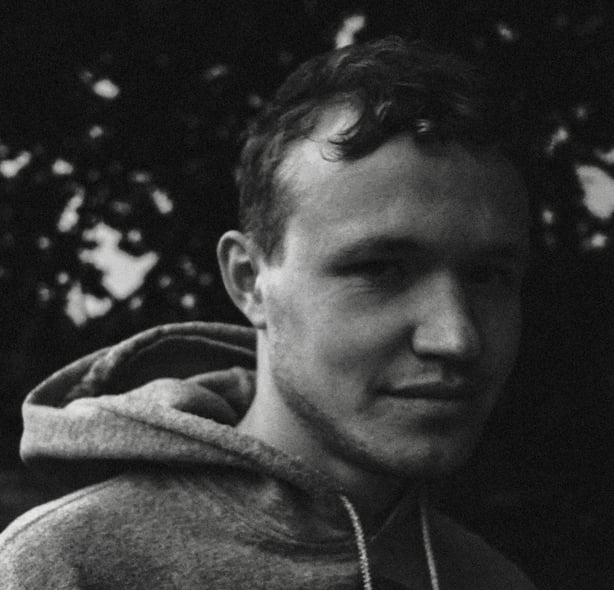Insíonn scannán faisnéise 'Burkitt' Éanna Mac Cana scéala an dochtúra Denis Burkitt a bhí ceannródaíoch ó thaobh an tsláinte de idir Burkitt Lymphoma a aithint sna 1950daí agus a thuiscint ar tábhacht bia-aiste ar leith a ithe le galair a sheachaint.
Labhair RTÉ.ie/Gaeilge le Éanna fén scannán a bheidh á léiriú mar chuid de Seachtain na hEolaíochta.
Cérbh é Burkitt agus cad é a mheall tú ina threo?
"Tá an scannán seo bunaithe ar shaol agus saothar an Dr Denis Burkitt. Rugadh i Fear Manach é agus tháinig sé ar an ngalar seo ar a bhfuil ‘lymphoma Burkitt’ anois mar ainm air. Bhí mé féin tinn de bharr lymphoma Burkitt seacht mbliana ó shin agus I ndiaidh teacht amach as an otharlann thosaigh mé ag foghlaim faoi Dr Denis Burkitt. Fear suimiúil a bhí ann, ba léir, fear ar leith."
"He was a very Christian man and so his faith would have influenced many aspects of his life."
"Nuair a bhí sé ag obair in Uganda na hAifrice tháinig sé ar ailse liomfómach, Liomfóma Burkitt. Bhí an ailse seo iontach trámatúil go stairiúil. Seo mar sin scannán fén Dr Burkitt céanna agus ar mo thaithí leis an ngalar féin chomh maith."

"Bhí an chruthaitheacht mar uirlis thacaitheach duit agus tú ag déiléil leis an mbreoiteach sin, mar bhealach go bhféadfá neart meabhrach a choimeád?"
"Sea, is ealaíontóirí iad mo thuismitheoirí."
"So I grew up with two artist parents and creativity has always been a part of my life. When I went into hospital one of the ways I dealt with the diagnosis and also my time there was in a creative way. But especially after hospital, when things became a bit more raw and real, in a weird way."
"But when I eventually started learning about Dr Burkitt, I kind of realised he also had a creative mind. I use creativity in the film to, not only explain how I dealt with the diagnosis but also how to deal with some of the really difficult aspects of Dr Burkitt’s work. For example, some of the images he would have taken, medical images, were ethically challenging and one of the ways I dealt with that was through a creative lens."
Are we talking about anatomical imagery?
"We are talking about images of an invasive nature. To put it into context, a big part of his medical work was his interest in photography, and it helped speed up his research work."
"He was also a very good cinematographer, something I discovered as well."
An gearr-scannán 'Pillow' a rinne Éanna tar éis dó teacht amach as an otharlann.
"So the film itself is told using a lot of his film and photographs of that time. But some of these images are of a medical nature of patients and I think at times they become a little too invasive and that’s contextualised within the film."
"I raise this up to highlight how creativity has been important, not only in a personal way for dealing with having had cancer and being treated but also dealing with Dr Burkitt."
"There is also another link in terms of Denis Burkitt’s being creative in his own way in the way he mapped and diagnosed and would eventually cure this type of cancer. He used deductive thinking and creative train of thought and creativity when it came to medical obstacles and I thought this was very interesting."
"Because the disease was demarcated, it was in some areas of Africa and not in others, he was always thinking 'what is happening in this other space' – informed by his awareness of negative space in photography - and so his approach was always broader and more abstract."
"He was coming into oncology as a surgeon, but he was coming in with a different take, a different angle on things. I thought that was really fascinating. That theme applied to him on so many levels."
Gearr-scannán triallach Éanna féna athair, an péintéir, Paddy McCann.
Tuilleadh eolas le fáil faoi léiriú 'Burkitt' anseo agus ar suíomh Éanna anseo.

